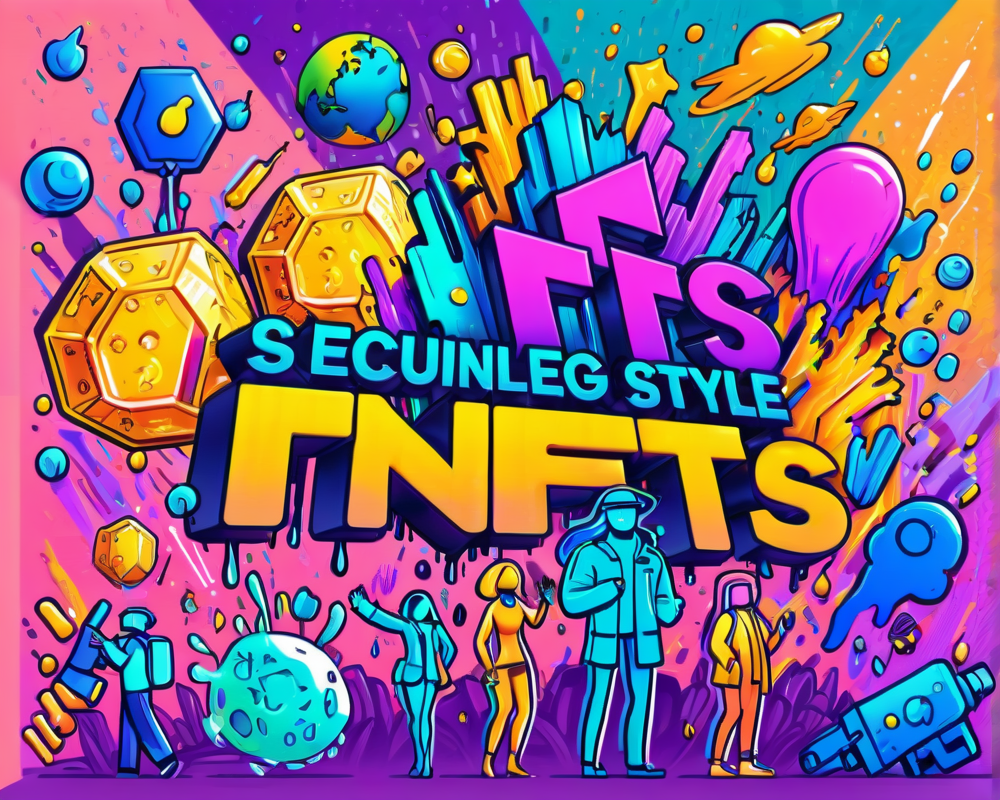The NFT Renaissance: A Market on Fire
Despite the recent rollercoaster of volatility in the digital asset sector, nonfungible tokens (NFTs) have emerged as the life of the party. With big names like Coca-Cola, Adidas, and McDonald’s jumping into the Metaverse, it seems everyone wants a piece of that digital pie. In fact, global NFT sales soared to a staggering $40 billion in 2021. Analysts from major investment banks are so excited that they’re predicting the market cap to exceed $80 billion by 2025. If that doesn’t get your digital juices flowing, what will?
Security Concerns: When Opportunity Knocks, Hackers Answer
However, with great hype comes great responsibility (and potential for disaster). The NFT marketplace OpenSea recently discovered this the hard way when it fell victim to a sophisticated phishing attack. As users were prepping for a migration of their NFTs to a new smart contract, hackers exploited the confusion, sweeping away countless digital assets like a kid in a candy store. Lesson learned: whenever a major upgrade is announced, keep your eyes peeled and your emails on high alert.
Behind the Scenes: How the Attack Unfolded
Before the incident, OpenSea had announced necessary upgrades that encouraged users to migrate their NFTs. Unfortunately, the tight deadline was essentially an invitation for hackers. Realizing they had a window of opportunity, attackers posed as OpenSea staff in malicious emails, tricking users into signing “blind” transactions – think of it as writing a blank check to a stranger. Tech experts pointed out that such vulnerabilities stem from design flaws in systems like Wyvern, which is widely used by NFT apps.
Learning from the Fallout: Recommendations for NFT Platforms
So, how can NFT platforms avoid becoming the next victim? Experts suggest that marketplace operators really need to step up their security game. It’s not just about implementing tough protocols; they also need to educate users on recognizing phishing attempts. Clear warnings on suspicious activity would go a long way. After all, if a scam is as easy as sending an email, we need to treat every correspondence with the scrutiny of an elite detective.
Empowering Users: Personal Responsibility is Key
Of course, while NFT platforms should bolster their defenses, users must also pull up their hack-proof socks. Opting for hardware wallets, which offer a higher security layer than traditional software wallets, is a great start. Regularly checking transaction approvals and browsing only secure websites can help mitigate risks. Remember, if it sounds too good to be true, it probably is—especially in the wild world of NFTs.
Final Thoughts: A Stable Future for NFTs?
As we gallop into the horizon of an NFT-driven future, challenges will certainly arise, but so will innovative solutions. Platforms and users alike have the opportunity to learn from incidents like the OpenSea breach and implement measures to safeguard their assets. Who knows? With a little foresight and a cautious approach, the Metaverse might just turn out to be the safest place for your digital treasures.




